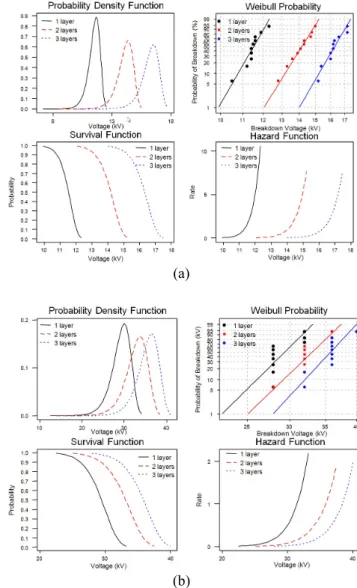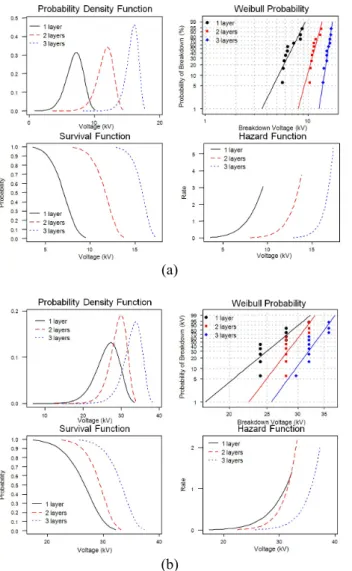Progress in Superconductivity and Cryogenics
Vol.15, No.4, (2013), pp.10~14 http://dx.doi.org/10.9714/psac.2013.15.4.010
```
전체 글
```
수치




관련 문서
under the transient condition using the Lock-in infrared thermography and predict the stress value and the dynamic stress concentration factor based on the
And we introduce you to the terminal caracteristics, and linear and lumped constant characteristics about electric circuit elements, which are voltage source,
3.3 Measured current-voltage waveform and high-speed camera images during the constant voltage DC-AC pulse tandem GMAW welding · · · ·20 Fig.. 3.4 Comparison of
The rectifier is a circuit that acts as a dc voltage source by converting the ac voltage from a standard wall outlet to a dc voltage. This voltage is effectively applied
• Under the assumption of equilibrium conditions, and knowing the composition of the fluid stream coming into the separator and the working pressure and temperature
• Symmetric beams under the action of arbitrary loadings which are in the plane of symmetry and oriented normal to the center line of the beam. •
In this paper, the power line characteristics as the view point of communication channel are investigated and the technologies of PLC are proposed to
4.3 Simulation results of the proposed dual output converter for increasing of voltage command during operation (a) Boost Voltage (b) Buck Voltage (c)